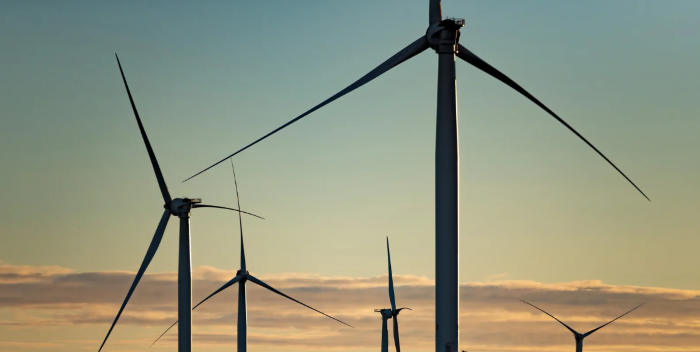The notion of harnessing the power of wind for energy has been around since ancient times, but in recent years, our advances in technology and engineering have made it possible to capture more than ever before.
Today, installing a single large-scale turbine can put out enough electricity to power thousands of homes—and that’s just one windmill!
Our planet is ready for a revolution; all we need now are people willing to take action and turn the potential of wind energy into a real source of clean electricity, which is precisely what you’ll find in this blog post.
Exploring the Different Types of Wind Turbines
Wind turbines have become a highly popular source of renewable energy as the world continues to search for more environmentally sustainable solutions. Understanding the different types of wind turbines available can be an important step in making informed decisions about renewable energy. There are two types of wind turbines: horizontal axis wind turbines and vertical axis wind turbines.
Horizontal axis turbines are the traditional look that comes to mind when you think of wind farms, with large blades turning around atop a tall tower. In contrast, vertical-axis wind turbines have their blades rotating around a vertical axis, similar to the motion of an egg beater.
Both types of wind turbines have their advantages and disadvantages, but exploring the different options can help us find the right type of wind turbine to meet our energy needs.
Advantages and Disadvantages of Installing Turbines
Turbines have proven to be a reliable and efficient source of energy production across a wide range of applications, from large-scale power generation to small wind turbine installations.
The advantages of utilizing turbines are numerous: they provide a steady source of power, they require minimal maintenance, and they produce little to no pollution. However, there are also some drawbacks to consider. For one, turbines can be expensive to install, and their upfront costs can be a barrier for some businesses and homeowners.
Additionally, turbines can be noisy, which can be a concern for communities located near a turbine installation. Despite these drawbacks, the benefits of utilizing turbines often outweigh the costs, and as renewable energy becomes increasingly important, these drawbacks are likely to become less significant over time.
Understanding the Installation Process and Costs
Knowing the ins and outs of the installation process and cost of a project can save you a lot of time and money in the long run.
Understanding how the process works, what materials are needed, and how much labor is required can help you anticipate any roadblocks or delays and ensure that your project stays within budget.
In addition to the actual cost of materials and labor, there may be other expenses to consider, such as permit fees and disposal costs. Securing the right permits and disposing of waste properly can also help prevent future headaches and ensure that your project meets all necessary codes and regulations.
Benefits for Local Communities from Installing Turbines
The installation of wind turbines in local communities can offer numerous benefits beyond simply generating renewable energy. When a wind farm is established, the local economy can receive an influx of jobs and revenue.
Additionally, the use of turbines can reduce the community’s reliance on fossil fuels and lower harmful emissions. In some cases, wind farms allow nearby farmers and landowners to lease their property for turbine placement, which can provide steady income.
Overall, the installation of wind turbines not only benefits the environment but can also help support and strengthen local communities.
Factors to Consider When Choosing a Place to Install a Turbine
Choosing the right place to install a turbine is crucial to ensuring efficient power generation. One of the most important factors to consider is wind speed and direction. Higher wind speeds lead to higher power output, and the direction of the wind determines how the turbine is positioned. Another factor to keep in mind is the type of terrain where the turbine will be installed.
Smooth, open areas that allow for unobstructed wind flow are ideal for turbine installation, while areas with hills and valleys can interfere with wind patterns and reduce efficiency. It’s also essential to consider the distance to the power grid and access roads to transport equipment and maintenance crews.
Wind turbines can be a powerful tool for producing clean and renewable energy. Before you decide to take the plunge, though, it’s essential that you do your research.
Make sure to take into consideration all of the factors that affect where and how you install your turbine, including local regulations, the direction of wind currents, land availability, and the cost. It’s also important to remember the advantages of using wind power—not only is it good for your pocketbook, but it’s a major step in protecting our planet and leaving a more sustainable legacy for our future generations.
Now that you have learned about all aspects of installing and utilizing wind turbines, we hope you feel empowered to make an informed decision on whether or not it is right for your home or business.


